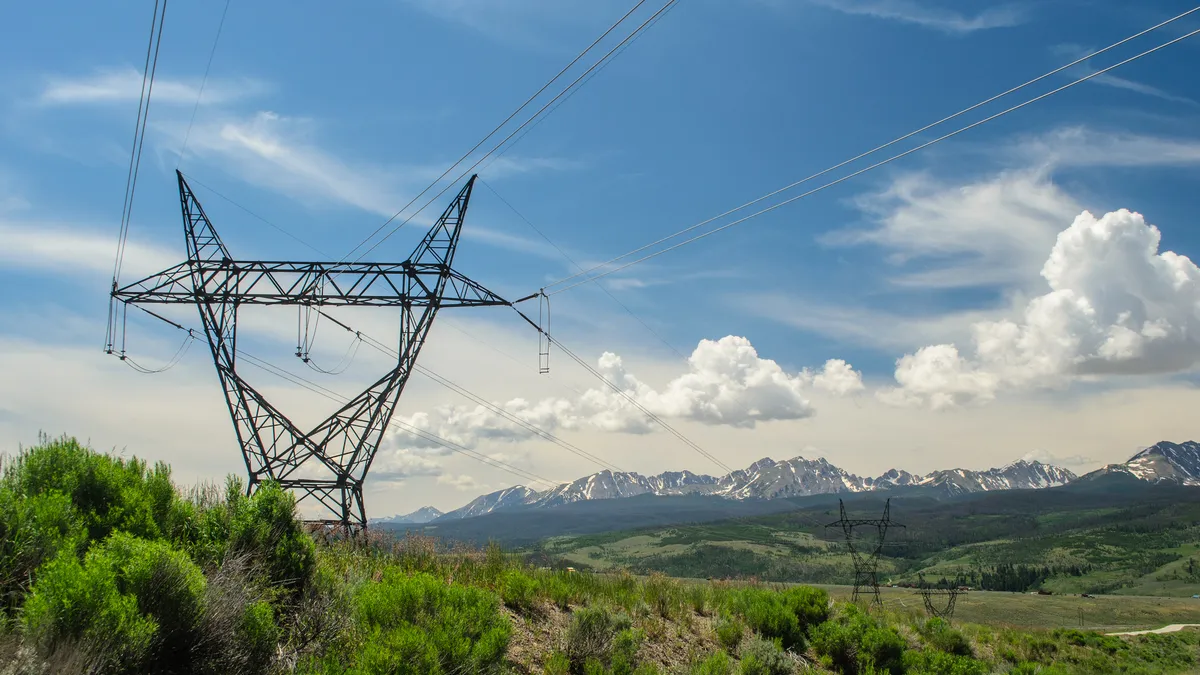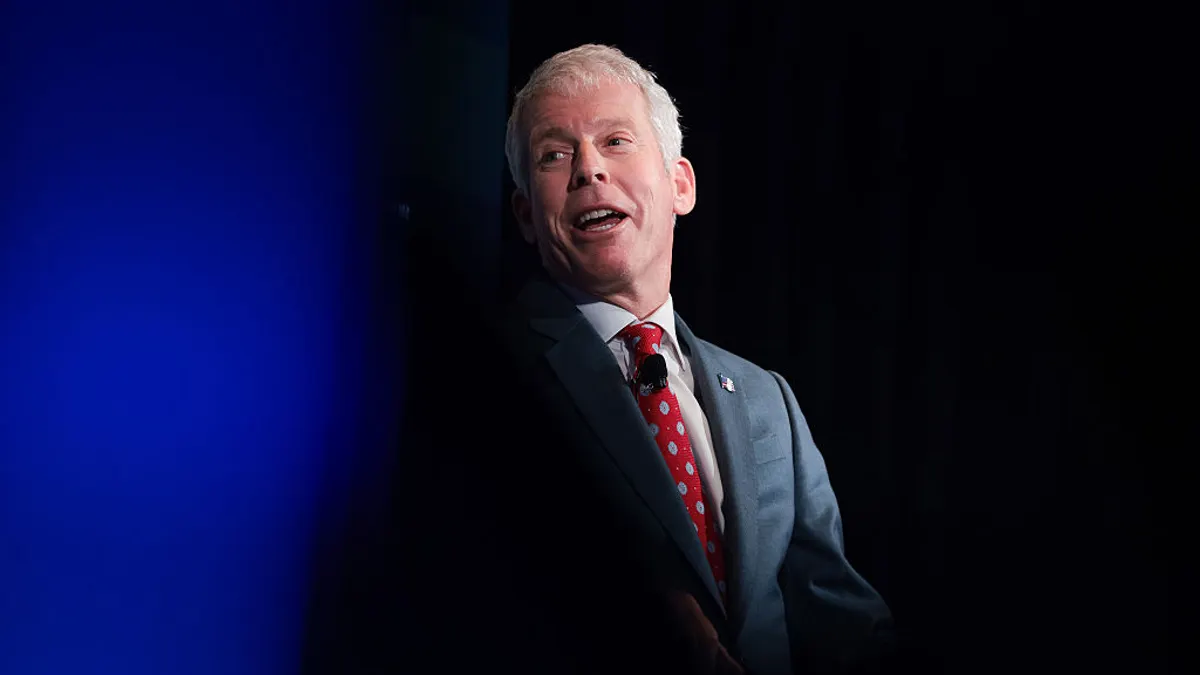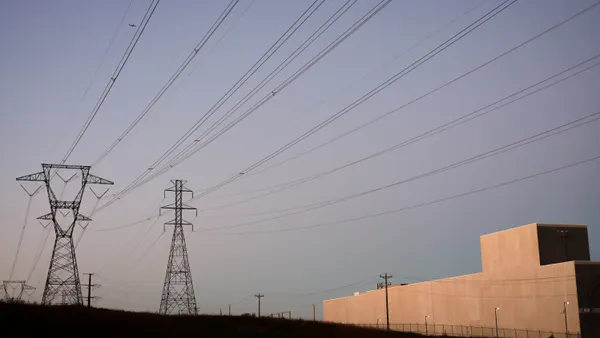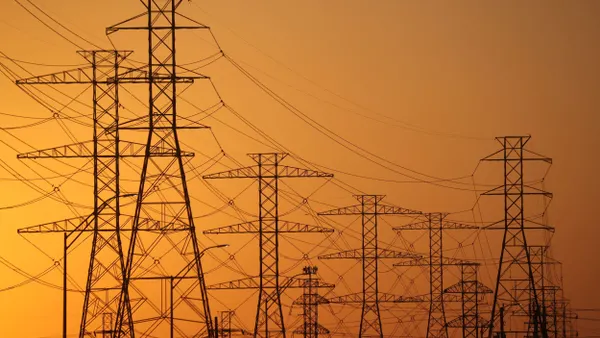Dive Brief:
- Grid operators and energy system regulators in the northern United States say they are continuing to coordinate with Canadian counterparts to mitigate a 10% tariff on Canadian electricity imports that could take effect next month.
- Ontario Premier Doug Ford and British Columbia Premier David Eby threatened to restrict their provinces’ electricity exports if the tariffs went into effect, according to an S&P Global research note published Feb. 2.
- A spokesperson for ISO New England pointed to its Feb. 2 vow to “continue to focus on ensuring the reliability of New England’s grid,” while a New York Department of Public Service spokesperson told Utility Dive “[w]e are closely reviewing the situation, and we always work to ensure New Yorkers maintain access to a reliable, affordable energy system according to state law.”
Dive Insight:
The Trump administration included the 10% tariff on Canadian electricity in a broader set of duties on imports from Canada and Mexico it announced late last month and paused for 30 days on Feb. 3.
The January announcement set a lower rate on imports of Canadian energy commodities, electricity and critical minerals than the 25% duty on most other imports from the United States’ North American neighbors.
On a monthly basis, the United States largely has been a net importer of Canadian electricity since 2018, according to the U.S. Energy Information Administration. Net trade between the two countries briefly reversed in 2024 amid a drought-related decline in Canadian hydropower exports corresponding with an overall decline in electricity exchange, according to the Canadian Energy Regulator, or CER.
While imports and exports comprise less than 1% of the countries’ respective total electricity generation, cross-border trade is an important grid-balancing mechanism and can ensure reliable supply during periods of low hydropower production, particularly in Western Canada, according to the EIA.
Still, net exports of Canadian power totaled $1.79 billion in 2024, and exports accounted for 16%, 9% and 6% of total respective electricity production in Manitoba, Ontario and Quebec in 2023, CER says. British Columbia imported 18% of its electricity from the United States in 2023 as drought reduced its hydropower production and pushed cross-border electricity prices to 10-year highs, according to CER.
Net electricity imports play a significant role on the New York and New England grids, the latter of which imported about 9% of its electricity from Quebec and New York in 2024. For its part, New York imported 8.8 million MWh from Canadian generators in 2024, according to CER.
Should the 10% tariff take effect next month, the Northeastern grids’ close relationship with neighboring Canadian grids and the provincial premiers’ shutoff threats raise questions about reliability and resource mix during periods of abnormally high load.
During a prolonged cold snap last month that pushed the six-state grid’s peak load to 19,600 MW, rarely-used oil-burning resources made up a greater share of ISO New England’s generation mix than natural gas, a “relatively uncommon” occurrence, EIA said.
Canadian power imports surpassed 4,200 MW/hour on Jan. 18 and averaged 2,886 MW/hour between midnight on Jan. 18 and Jan. 26, according to EIA.
The surge in Canadian imports and backup thermal generation followed a spike in natural gas prices and competition for limited gas supply from homes and businesses. A Jan. 22 LNG delivery eased the shortage and allowed gas-fired generators to ramp up across New England, reducing the backup resources’ generation share, EIA said.
ISO New England and NYDPS did not respond to specific questions about contingency planning for extreme weather events.
NYISO did not respond to a Utility Dive request for comment, but said in a Feb. 3 prepared statement, “[w]e are in close and regular contact with Hydro Quebec and Ontario’s Independent Electricity System Operator to ensure a reliable grid and stable flows of electricity across interregional transmission lines.”














